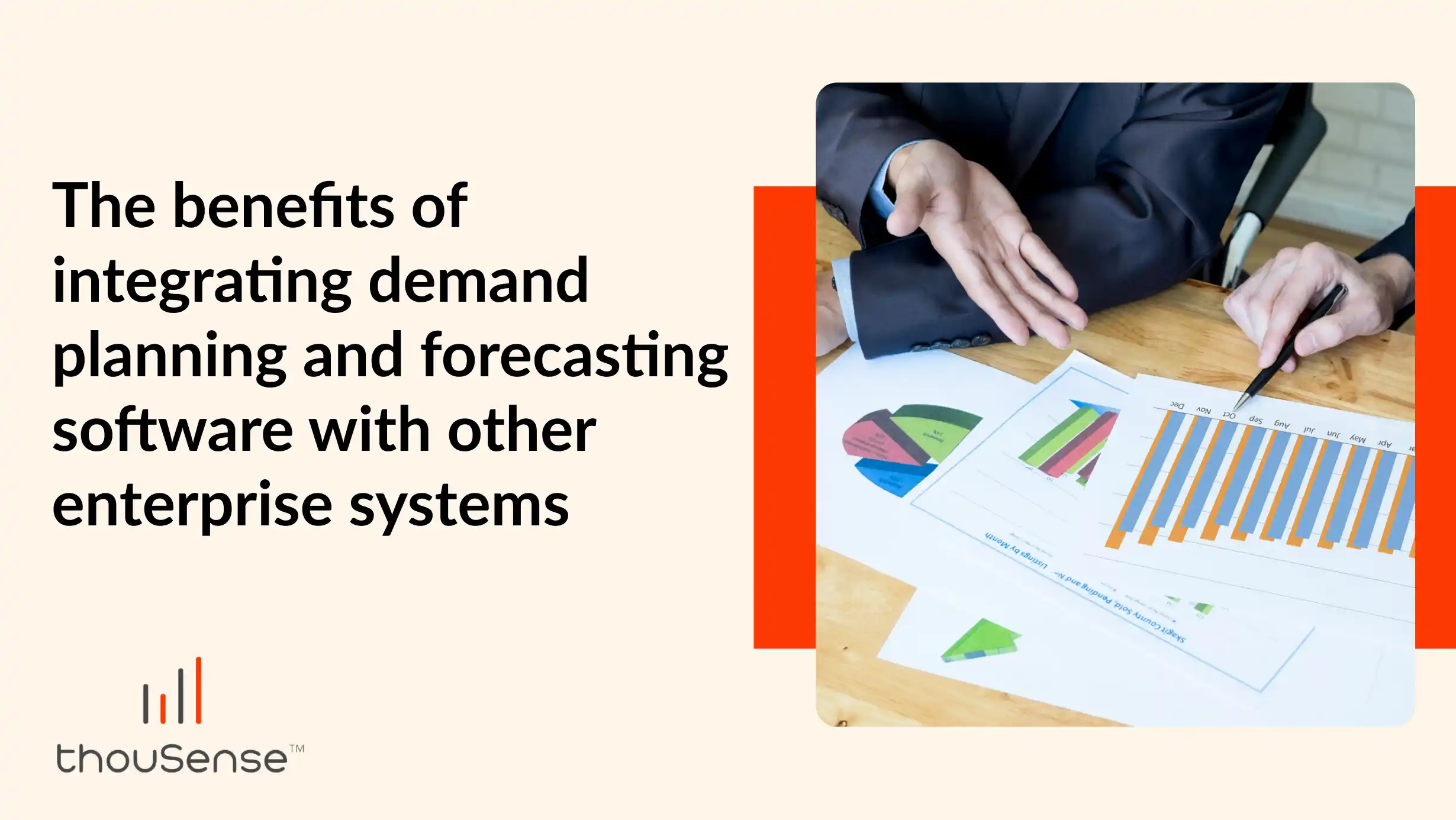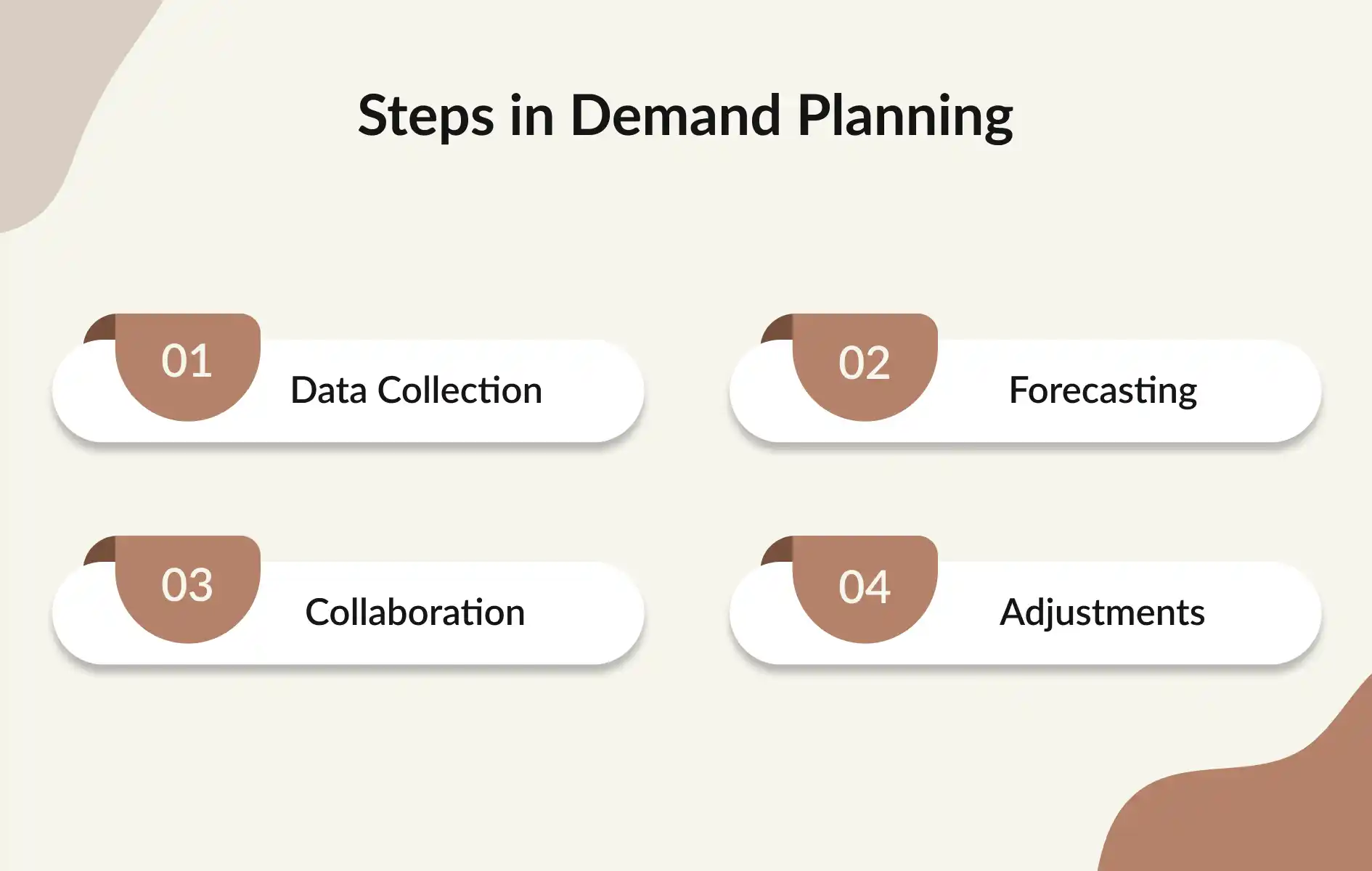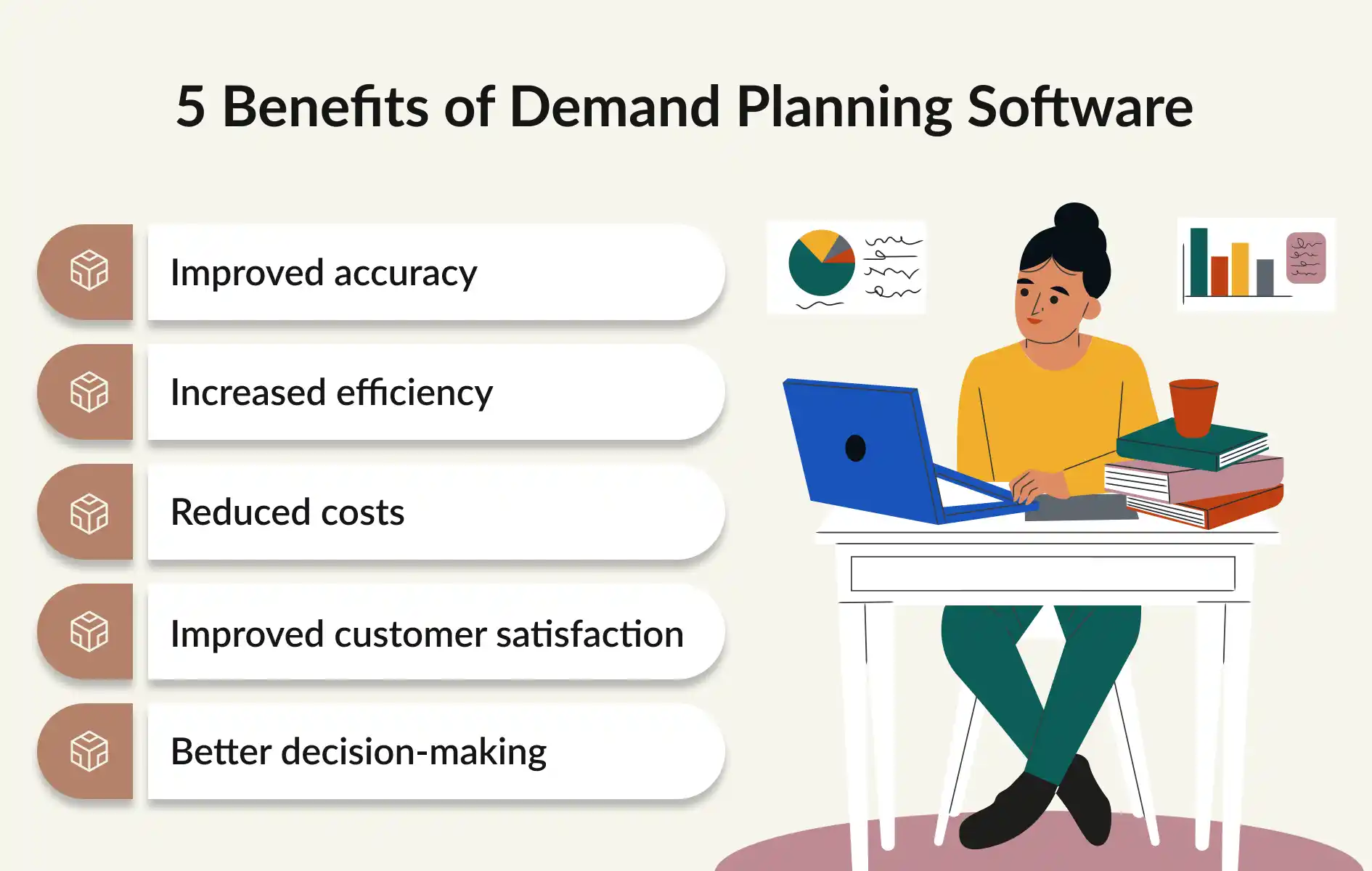The Benefits of Integrating Demand Planning and Forecasting Software with Other Enterprise Systems

Introduction:
In today's post, we will be delving into the world of demand planning and forecasting software, exploring the benefits of demand planning software, and how integrating supply chain forecasting software with other enterprise systems can enhance efficiency.
What exactly are demand planning and supply chain forecasting software? Simply put, it is a tool used by businesses to predict future demand for their products or services, allowing them to make informed decisions about production, inventory, and more.
Now, imagine being able to seamlessly integrate this powerful software with other enterprise systems, such as ERP or CRM.
The benefits are numerous, ranging from increased efficiency and accuracy to reduced costs and improved customer satisfaction.
So, whether you're a business owner, manager, or someone interested in the inner workings of modern enterprises, this post is for you.
Without further ado, let's dive into the exciting world of demand planning and forecasting software integration!
What Is Demand Planning and How Does Demand Planning Work?
Demand planning is the process of forecasting customer demand for a product or service. It is an essential aspect of supply chain management and helps businesses make informed decisions about production, inventory, and other critical areas.
Steps in Demand Planning

1. Data Collection
Businesses collect data from a variety of sources, such as sales history, customer feedback, and market trends. This data is used to identify patterns and trends that can be used to make forecasts.
2. Forecasting
Based on the data collected, businesses use statistical models and other techniques to create forecasts of future demand. These forecasts take into account factors such as seasonality, trends, and external factors like changes in the economy or consumer behavior.
3. Collaboration
Demand planning often involves collaboration between different departments and stakeholders within a business. This helps to ensure that forecasts are accurate and take into account all relevant factors.
4. Adjustments
As actual demand data becomes available, businesses may need to adjust their forecasts to reflect new information. This can help to improve the accuracy of future forecasts.
5 Benefits of Demand Planning Software for Businesses

Integrating demand planning and supply chain forecasting software with other enterprise systems can provide a wide range of benefits for businesses, enhancing the overall efficiency of the supply chain.
1. Improved accuracy
Integrating demand planning and supply chain forecasting software with other enterprise systems can improve the accuracy of predictions by utilizing data from multiple sources, showcasing the benefits of demand planning software in achieving precise forecasts.
For example, the software can analyze sales history, customer behavior, and inventory levels to create more precise forecasts.
This can help businesses to better understand their customers' needs, anticipate changes in demand, and make informed decisions about inventory and production.
2. Increased efficiency
Automating many of the processes involved in demand planning through supply chain forecasting software can save time and resources, allowing businesses to focus on other important tasks.
For example, the software can automatically generate forecasts, analyze data, and make recommendations for inventory levels. This can help businesses to streamline their operations and reduce the time and resources needed for demand planning.
3. Reduced costs
By improving accuracy and efficiency with supply chain forecasting software, businesses can also reduce costs associated with overstocking or understocking, highlighting the benefits of demand planning software. This can result in fewer lost sales due to stockouts and less waste due to excess inventory.
By having a better understanding of demand patterns, businesses can also optimize their inventory levels, reducing the need for costly safety stock.
4. Improved customer satisfaction
With better accuracy and more efficient processes enabled by supply chain forecasting software, businesses can also improve customer satisfaction.
By having the right products in stock at the right time, businesses can meet customer demand and avoid disappointing customers with out-of-stock items. This can help businesses to build customer loyalty and increase sales.
5. Better decision-making
Finally, integrating demand planning and supply chain forecasting software with other enterprise systems can provide businesses with better insights into their operations, demonstrating the benefits of demand planning software in strategic decision-making.
By having access to real-time data, businesses can make more informed decisions about inventory, production, and other key areas.
This can help businesses to identify opportunities for growth and make strategic decisions about resource allocation.
Demand Planning vs. Demand Forecasting
Demand forecasting and demand planning are two related but distinct concepts in the field of supply chain management.
Demand forecasting is the process of predicting future demand for a product or service. It involves analyzing historical sales data, market trends, and other relevant factors to create a forecast of future demand.
The purpose of demand forecasting is to help businesses make informed decisions about production, inventory, and other critical areas.
Demand planning, on the other hand, is the process of creating a plan to meet the forecasted demand. It involves determining how much inventory is needed, when to order it, and how to allocate resources to meet demand.
Demand planning takes into account factors such as production capacity, lead times, and supply chain constraints.
In other words, demand forecasting is about predicting future demand, while demand planning is about creating a plan to meet that demand. While the two concepts are related, they serve different purposes in the supply chain management process.
Demand forecasting is typically done on a regular basis, such as monthly or quarterly, to ensure that businesses have a clear understanding of future demand trends.
Demand planning, on the other hand, is an ongoing process that involves adjusting plans as actual demand data becomes available.
Conclusion:
In conclusion, integrating demand planning and forecasting software with other enterprise systems can provide significant benefits for businesses of all sizes.
By improving accuracy, increasing efficiency, reducing costs, improving customer satisfaction, and providing better insights into operations, businesses can gain a competitive advantage in today's fast-paced market.
With thouSense's demand forecasting software, businesses can take advantage of advanced analytics and forecasting capabilities to make informed decisions about inventory, production, and other critical areas.
thouSense, a cutting-edge AI/ML price forecasting tool, analyses a wide range of data, including historical prices, supply and demand data, and agricultural market trends, to generate very accurate price forecasts.
So, whether you're a small business owner or a large enterprise, integrating demand planning and forecasting software with other systems is a smart investment that can pay off in numerous ways.
Contact thouSense today to learn more about how our software can help you take your supply chain management to the next level.
FAQs
1. What are the benefits of demand forecasting software?
It helps manage inventory better, avoids stockouts and overstocking, keeps customers happy, and supports smarter financial decisions.
2. What is the difference between demand planning and forecasting?
Demand forecasting predicts future demand, while planning uses the forecast to make sure the business has the resources to meet it.
3. What are the benefits of demand planning software?
The benefits of demand planning software include better inventory control, lower costs, smoother teamwork, and quicker responses to market changes.